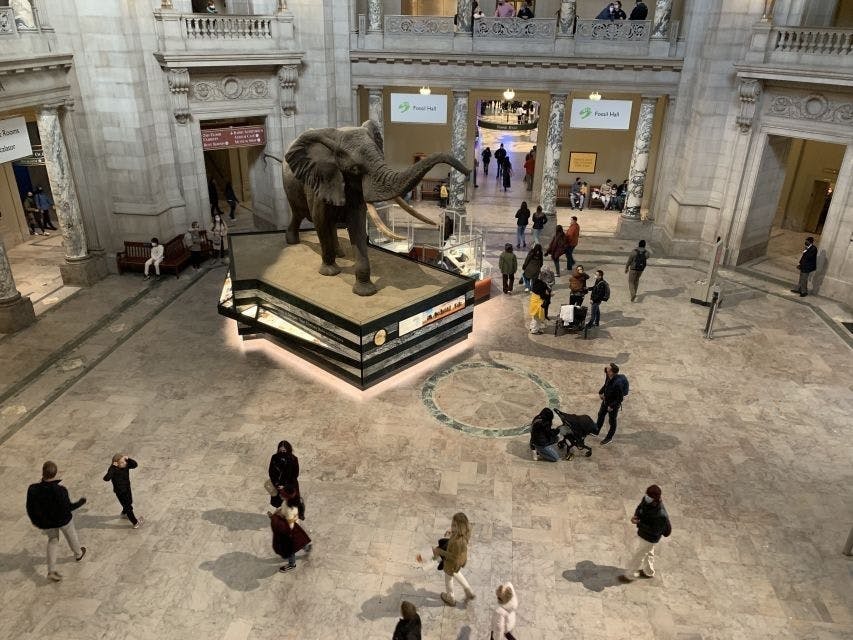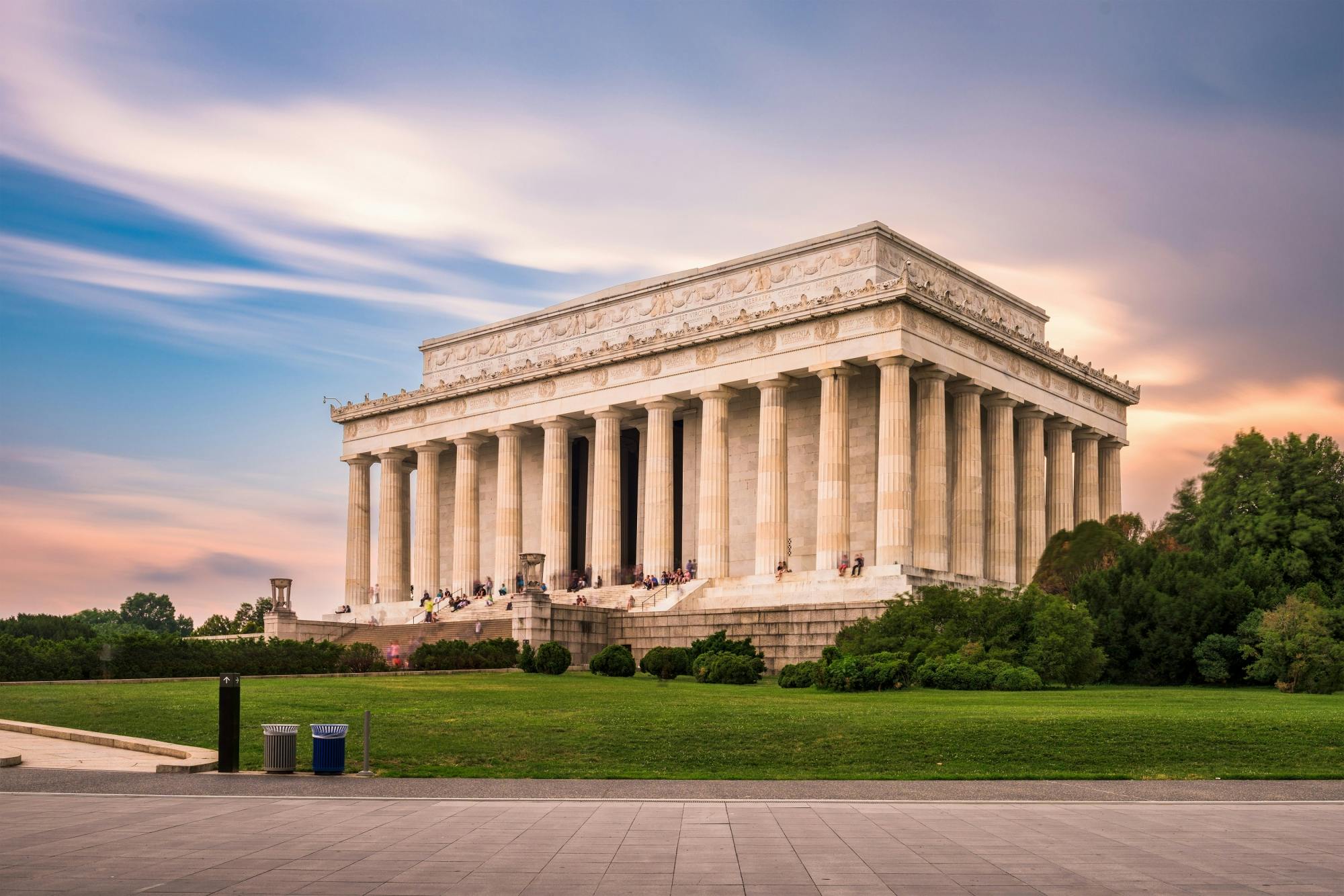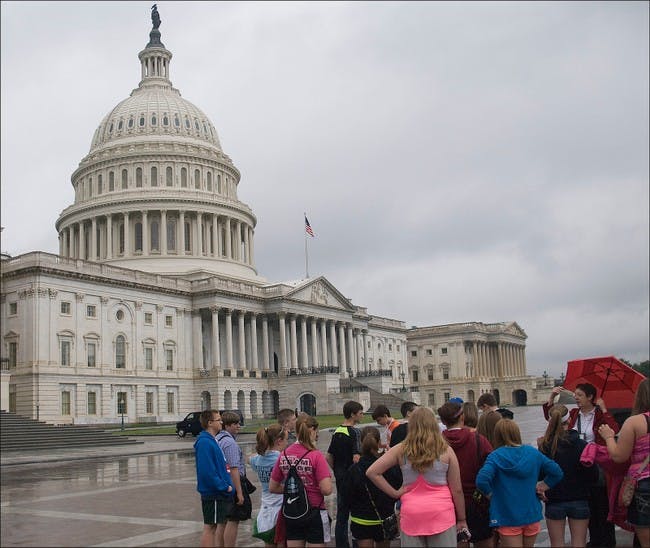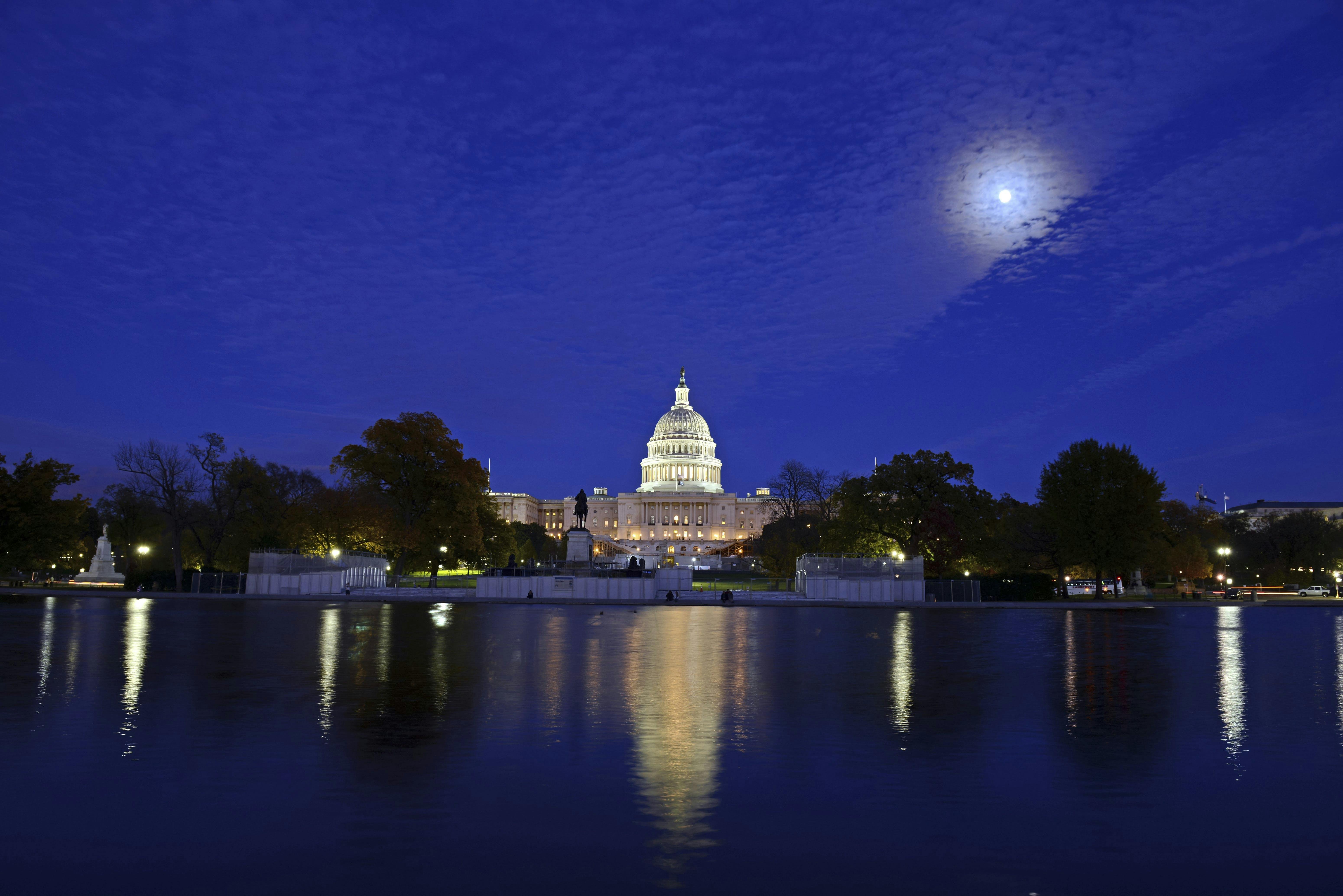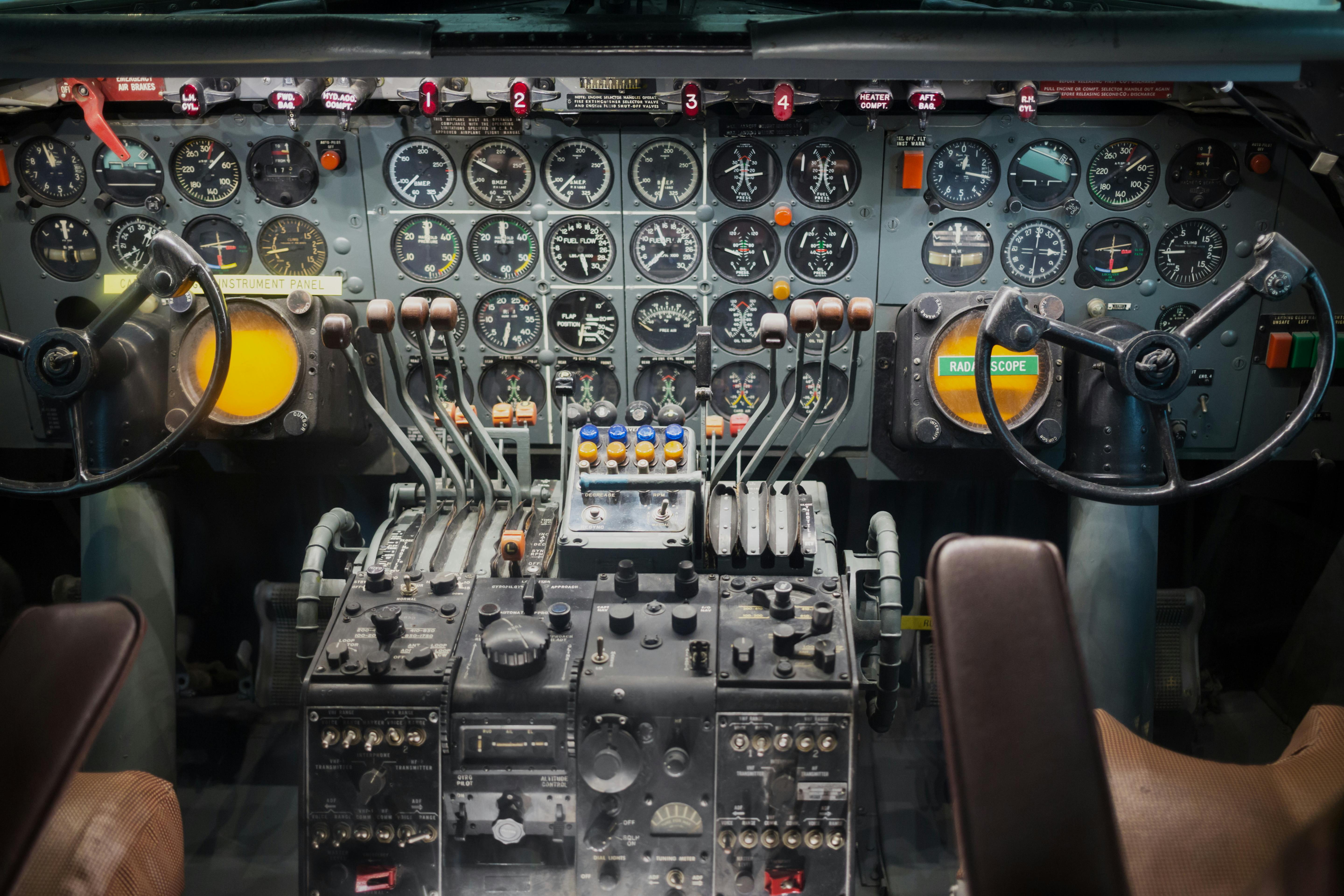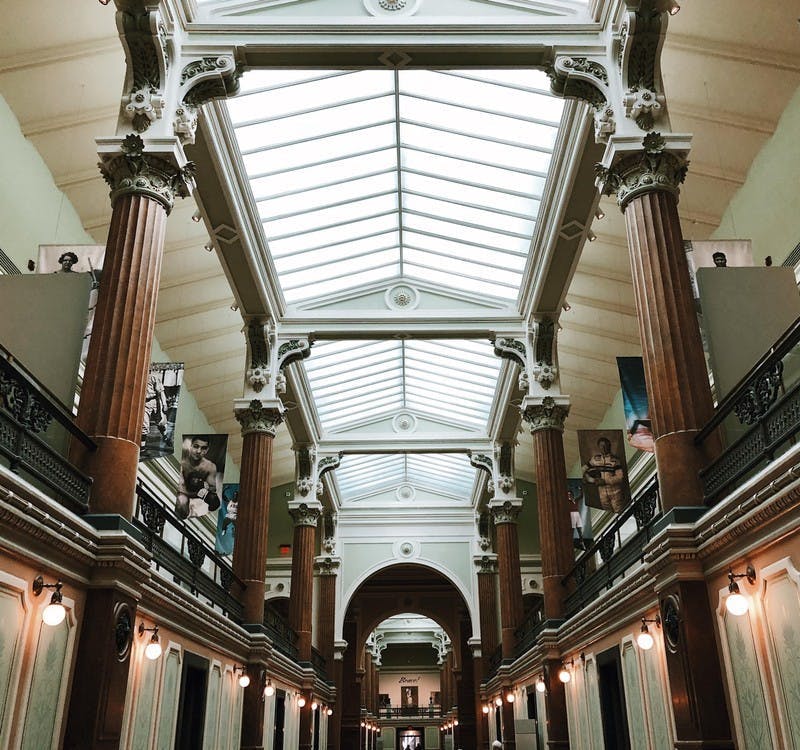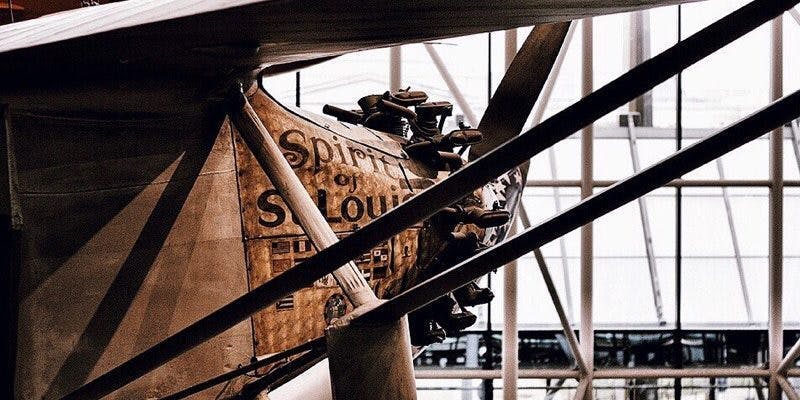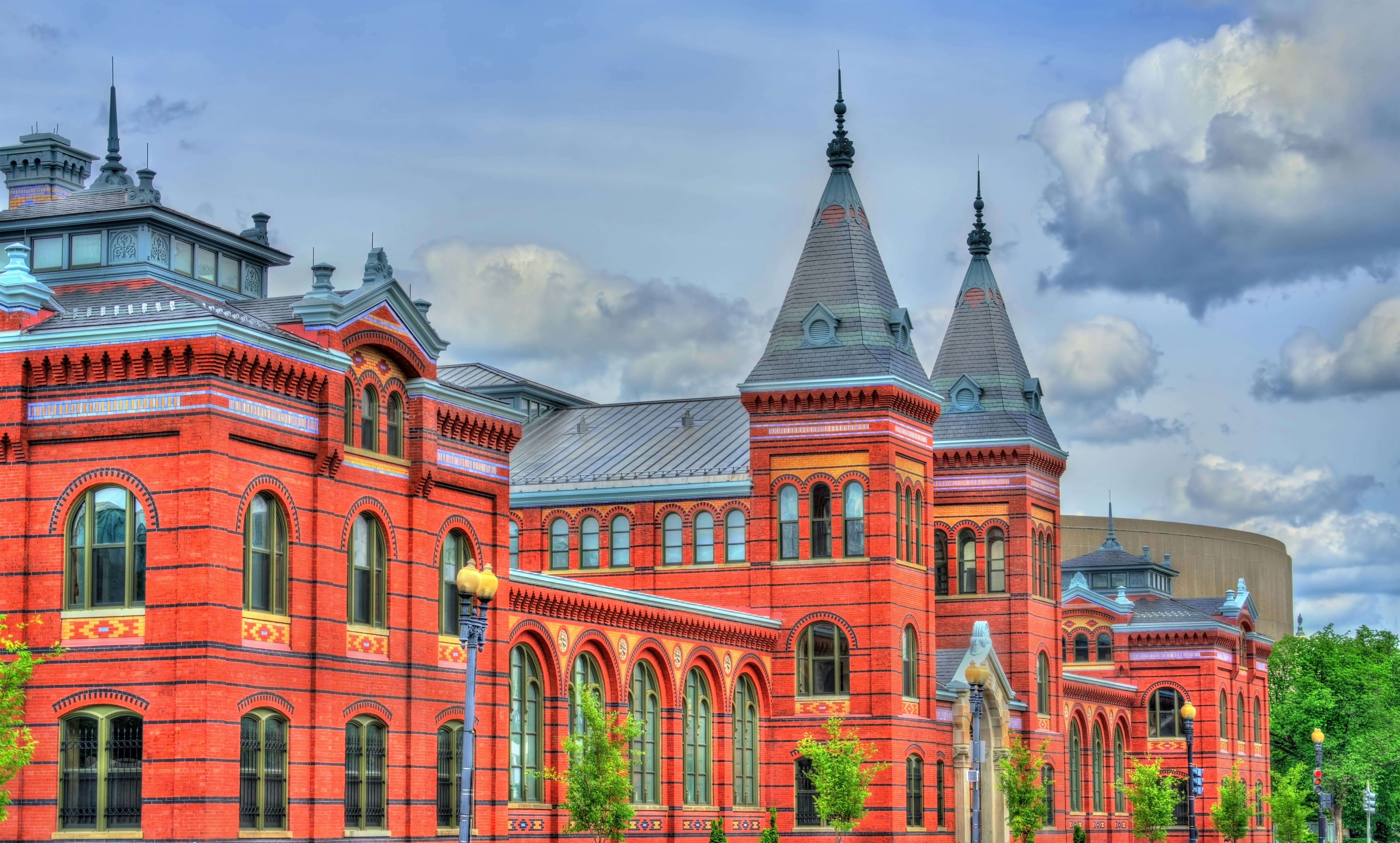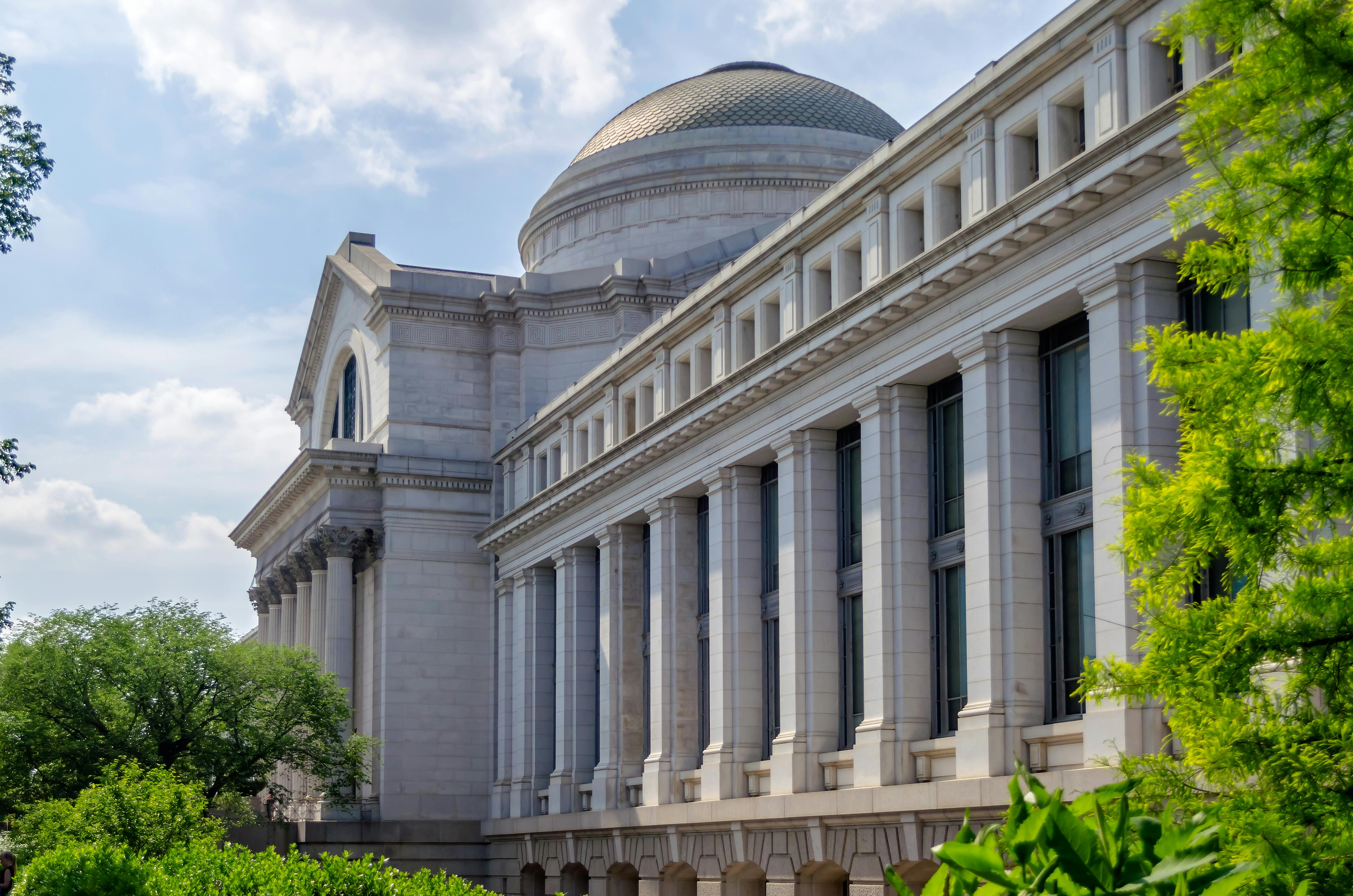- Visit the Lincoln Memorial: This iconic monument honors the 16th President of the United States and is a must-see for any first-time visitor to the National Mall.
- See the Washington Monument: This 555-foot tall obelisk is the tallest structure in Washington, D.C. and offers great views of the city from the top.
- Explore the Smithsonian Museums: The National Mall is home to several Smithsonian museums, including the Smithsonian American Art Museum and the Smithsonian National Museum of American History.
- Walk the Tidal Basin: Take a stroll around the Tidal Basin and see the beautiful cherry blossoms in the springtime, or enjoy the peaceful waters year-round.
- Visit the Martin Luther King Jr. Memorial: This powerful monument honors the Civil Rights leader and his legacy.
- See the Jefferson Memorial: This marble monument honors the third President of the United States and features a 19-foot statue of Thomas Jefferson.
- Visit the National World War II Memorial: This beautiful memorial honors the sacrifices and achievements of the 16 million Americans who served in the armed forces during World War II.
- See the Franklin D. Roosevelt Memorial: This 7.5-acre memorial honors the 32nd President of the United States and features four outdoor rooms, one for each of his terms in office.
- Visit the Lincoln Memorial Reflecting Pool: This beautiful pool is located between the Lincoln Memorial and the Washington Monument and is a popular spot for visitors.
- Take a tour of the White House: While tours need to be arranged well in advance, visiting the White House and seeing the residence of the President of the United States is a once-in-a-lifetime experience.
The Lincoln Memorial
The memorial was designed by architect Henry Bacon and was built between 1914 and 1922. It is made of white Colorado marble and features 36 Doric columns, one for each state in the Union at the time of Lincoln’s death. The statue of Lincoln was sculpted by Daniel Chester French and was also made of white marble. The inscriptions on the walls of the memorial include Lincoln’s second inaugural address and his famous Gettysburg Address.
The Lincoln Memorial is a symbol of unity and freedom and has been the site of many important historical events, including Martin Luther King Jr.’s “I Have a Dream” speech during the March on Washington in 1963. It is open to the public 24 hours a day, and there is no admission fee. Visitors can take guided tours or explore the memorial on their own. The Lincoln Memorial is one of the most popular tourist attractions in Washington, D.C. and a must-see for anyone visiting the National Mall.
The Washington Monument
Construction of the monument began in 1848, but was halted in 1854 due to lack of funds. The project was resumed in 1877 and was completed in 1884. The monument was designed by architect Robert Mills and is made of white marble from Maryland, granite from Massachusetts and blue gneiss from Virginia.
The Washington Monument is open to the public, but currently, the tours are suspended and the interior of the monument is closed. Visitors can still see the monument from the outside and take an elevator to the top, which offers great views of the city. The monument is also surrounded by a beautiful park and is a popular spot for visitors to take photos.
It’s also worth mentioning that the Washington Monument is an important landmark in the history of American architecture and engineering, and it has become an iconic symbol of the nation’s capital, and the United States as a whole.
The Smithsonian Museums
The Smithsonian Museums on the National Mall include:
- Smithsonian American Art Museum: This museum features American art from the colonial period to the present day, including paintings, sculptures, and decorative arts.
- Smithsonian National Museum of American History: This museum explores the social, political, cultural, scientific, and technological development of the United States, from the colonial era to the present day.
- Smithsonian National Museum of Natural History: This museum is one of the most visited natural history museums in the world and features exhibits on plants, animals, fossils, gems, and minerals.
- Smithsonian National Air and Space Museum: This museum is the most visited museum in the world and features a collection of aircraft and spacecraft, including the Wright Brothers’ 1903 Flyer and the Apollo 11 command module.
- Smithsonian National Museum of the American Indian: This museum is dedicated to the preservation, study, and exhibition of the life, languages, literature, history, and arts of Native Americans.
- Smithsonian National Portrait Gallery: This museum is dedicated to the study and display of portraits of important Americans throughout history.
- Smithsonian American Indian Museum Heye Center: This museum is dedicated to the study and preservation of the life, languages, literature, history, and arts of Native Americans.
All Smithsonian Museums are free to the public, and they offer a wide range of educational programs and special events.
These are just a few examples of Smithsonian Museums, there are many more Smithsonian Museums and facilities across the United States, each with its own unique collections and research focus.
The Tidal Basin
The Tidal Basin is a man-made reservoir located in Washington, D.C., between the Lincoln Memorial and the Jefferson Memorial. It is fed by the Potomac River and is part of the Potomac Park. The Tidal Basin is a popular spot for visitors to the National Mall, particularly in the spring when the famous cherry blossoms are in bloom.
The Tidal Basin was built in the late 19th century as part of the city’s efforts to improve its sanitation and public health. The cherry blossom trees that line the Tidal Basin were a gift from Japan in 1912 and have become a symbol of the friendship between the two countries. The cherry blossom festival, held annually, is one of the most popular events in Washington, D.C. The festival typically runs from late March to mid-April and features live music, food vendors, and cultural performances.
The Tidal Basin is also a popular spot for walking, running, and picnicking. There is a path around the basin that is about 1.5 miles long, and it is a great place to take a stroll and enjoy the views of the city. Visitors can also rent paddle boats and take a leisurely ride around the basin.
The Tidal Basin is open to the public 24 hours a day, and there is no admission fee. Visitors can access the Tidal Basin via the National Mall and Memorial Parks visitor centers.
It’s worth mentioning that the Tidal Basin remains an important feature of the city of Washington, D.C., providing visitors with a beautiful and serene spot to enjoy nature, while reflecting on the history of the city.
The Martin Luther King Jr. Memorial
The Martin Luther King Jr. Memorial is a monument located on the National Mall in Washington, D.C., honoring the Civil Rights leader Martin Luther King Jr. The memorial was dedicated in 2011 and was the first on the National Mall to honor an African American.
The memorial was designed by the Chinese artist Lei Yixin and is located near the Tidal Basin, between the Lincoln Memorial and the Jefferson Memorial. The memorial features a 30-foot statue of Martin Luther King Jr. carved from a single piece of granite, and depicts him standing with his arms crossed. He is surrounded by a “mountain of despair” and a “stone of hope” which symbolize the struggles and triumphs of the Civil Rights Movement.
The memorial also features a 450-foot inscription wall, inscribed with 14 quotes from King’s speeches and writings, including his famous “I Have a Dream” speech.
The Martin Luther King Jr. Memorial is open to the public 24 hours a day, and there is no admission fee. Visitors can take guided tours or explore the memorial on their own. The memorial is an important site of pilgrimage for many Americans, and it serves as a reminder of King’s contributions to the Civil Rights Movement and his impact on the United States and the world.
It’s worth mentioning that the Martin Luther King Jr. Memorial is not only a place to honor the memory of a great leader, but also serves as a reminder of the ongoing struggle for civil rights and social justice.
The Jefferson Memorial
The Jefferson Memorial is a monumental structure located on the Tidal Basin in Washington, D.C., honoring the third President of the United States, Thomas Jefferson. The memorial was dedicated in 1943 and is modeled after the Roman Pantheon.
The memorial was designed by architect John Russell Pope and is made of white marble. It features a 19-foot statue of Jefferson sculpted by Rudulph Evans and inscribed with some of Jefferson’s famous quotes. The interior of the memorial features a rotunda with a dome ceiling, which is decorated with a fresco painted by Elmer Garnsey.
The Jefferson Memorial is surrounded by a formal park with walking paths and a beautiful view of the Tidal Basin. It is a popular spot for visitors to take photos and enjoy the view of the city.
The memorial is open to the public 24 hours a day, and there is no admission fee. Visitors can take guided tours or explore the memorial on their own. The Jefferson Memorial is an important site of pilgrimage for many Americans, and it serves as a reminder of the contributions of one of the most important figures in American history, who was not only the third President of the United States but also a statesman, diplomat, architect, inventor, and philosopher.
It’s worth mentioning that the Jefferson Memorial is also an important symbol of the birth and development of democracy in the United States, as well as the ongoing struggle for civil rights and social justice in America.
The National World War II Memorial
The National World War II Memorial is a national memorial located on the National Mall in Washington, D.C., honoring the American veterans of World War II. The memorial was dedicated in 2004 and is located on the National Mall between the Lincoln Memorial and the Washington Monument.
The memorial was designed by architect Friedrich St. Florian, and it is a large open plaza with a central fountain and two arches, one for the Atlantic and one for the Pacific. The memorial features 56 granite pillars representing the states, territories, and District of Columbia that participated in World War II, and two large towers representing the war in Europe and the Pacific. The inscriptions on the memorial walls include quotes from speeches, letters, and diaries of Americans who served in the war.
The memorial is a popular spot for visitors to take photos and pay their respects to the veterans of World War II. There are also several guided tours available, and visitors can also explore the memorial on their own.
The National World War II Memorial is open to the public 24 hours a day, and there is no admission fee. It serves as a reminder of the sacrifices and achievements of the 16 million Americans who served in the armed forces during World War II, and the more than 400,000 who died in the war. It is also a symbol of the United States’ determination and unity in the face of adversity, and the role that the country played in shaping the world’s history.
It’s worth mentioning that the National World War II Memorial is also a place for reflection and education, it is an important site for remembering the past and learning about the contributions and sacrifices of the American veterans, as well as the broader context and significance of the World War II.
The Franklin D. Roosevelt Memorial
The Franklin D. Roosevelt Memorial is a national memorial located on the National Mall in Washington, D.C., honoring the 32nd President of the United States, Franklin D. Roosevelt. The memorial was dedicated in 1997 and covers 7.5 acres, making it the largest presidential memorial in the United States.
The memorial was designed by landscape architect Lawrence Halprin and it is arranged in four outdoor rooms, one for each of Roosevelt’s terms in office. Each room features sculptures, waterfalls, and inscriptions that depict the major events and policies of Roosevelt’s presidency, including the Great Depression, World War II, and the New Deal. The memorial also features a statue of Franklin D. Roosevelt in a wheelchair, the only presidential statue to depict a president with a disability.
The Franklin D. Roosevelt Memorial is a popular spot for visitors to take a stroll and learn about the life and legacy of one of the most influential and important figures in American history. There are also several guided tours available, and visitors can also explore the memorial on their own.
The memorial is open to the public 24 hours a day, and there is no admission fee. It serves as a reminder of the contributions and achievements of President Franklin D. Roosevelt, who led the country through some of its most difficult times, including the Great Depression and World War II. It also serves as a symbol of the United States’ determination and unity in the face of adversity, and the role that the country played in shaping the world’s history.
It’s worth mentioning that The Franklin D. Roosevelt Memorial is also a place for reflection and education, it is an important site for remembering the past and learning about the contributions and sacrifices of the American veterans, as well as the broader context and significance of the World War II and the New Deal policies.
The Lincoln Memorial Reflecting Pool
The Lincoln Memorial Reflecting Pool is a large rectangular pool located on the National Mall in Washington, D.C., between the Lincoln Memorial and the Washington Monument. The pool is approximately 2,029 feet long and 167 feet wide, and it is surrounded by trees, gardens and walkways.
The Lincoln Memorial Reflecting Pool was constructed in 1922, as part of the design of the Lincoln Memorial and the surrounding area. The pool is designed to reflect the Lincoln Memorial and the Washington Monument, creating a symmetrical and serene view. The pool is also a popular spot for visitors to take photos and enjoy the views of the city.
The Lincoln Memorial Reflecting Pool is a popular spot for visitors to take a stroll and enjoy the beauty of the National Mall. It is also a popular spot for visitors to take a paddle boat ride, which is a fun and unique way to experience the pool. The pool is also a popular spot for visitors to take photos, especially during the cherry blossoms season in spring.
The Lincoln Memorial Reflecting Pool is open to the public 24 hours a day, and there is no admission fee. It serves as a reminder of the contributions and achievements of President Abraham Lincoln, and it is also a symbol of the United States’ determination and unity in the face of adversity.
It’s worth mentioning that the Lincoln Memorial Reflecting Pool is also an important part of the city’s history, the pool and the Lincoln Memorial have been the site of many important historical events and protests, including the March on Washington in 1963, where Martin Luther King Jr. delivered his famous “I Have a Dream” speech.
The White House
The White House is the official residence and workplace of the President of the United States. It is located at 1600 Pennsylvania Avenue NW, Washington, D.C. The White House has been the residence of every U.S. president since John Adams in 1800.
Tours of the White House are available for the public, but they must be arranged well in advance through a member of Congress. Due to security concerns, tours are often subject to last-minute cancellations and changes. Visitors will be asked to present a government-issued ID, such as a driver’s license or passport, and to go through a security screening before entering the White House.
The White House tour includes the Ground Floor, the State Floor, and the Second Floor. Visitors can see the famous rooms such as the Blue Room, the Red Room, the Green Room, the State Dining Room, the China Room and more. Visitors will also be able to see the historic artwork and furnishings that are on display in the White House.
It’s worth mentioning that the White House is not only the residence of the President of the United States but also serves as the symbol of the United States’ political power and democracy. It’s an important site for diplomacy, welcoming foreign heads of state and hosting official state events, as well as the site where important decisions that shape the nation and the world are made.
Apart from making your booking early, check to see if it is open for tours.
Due to the current situation with COVID-19, the tours are currently suspended, and the White House has not announced when they will be resumed. Visitors can still take a virtual tour of the White House on the official White House website.
